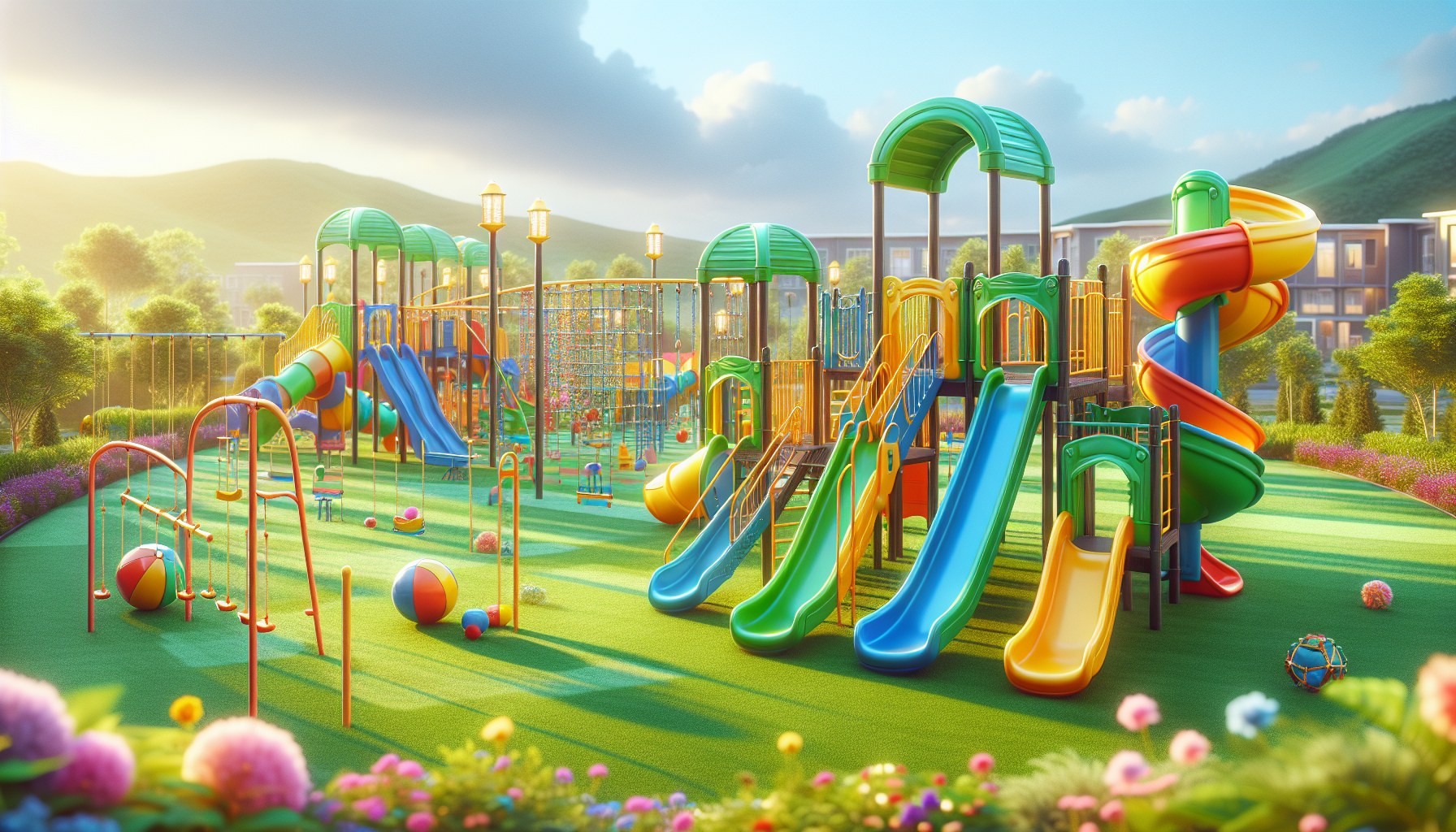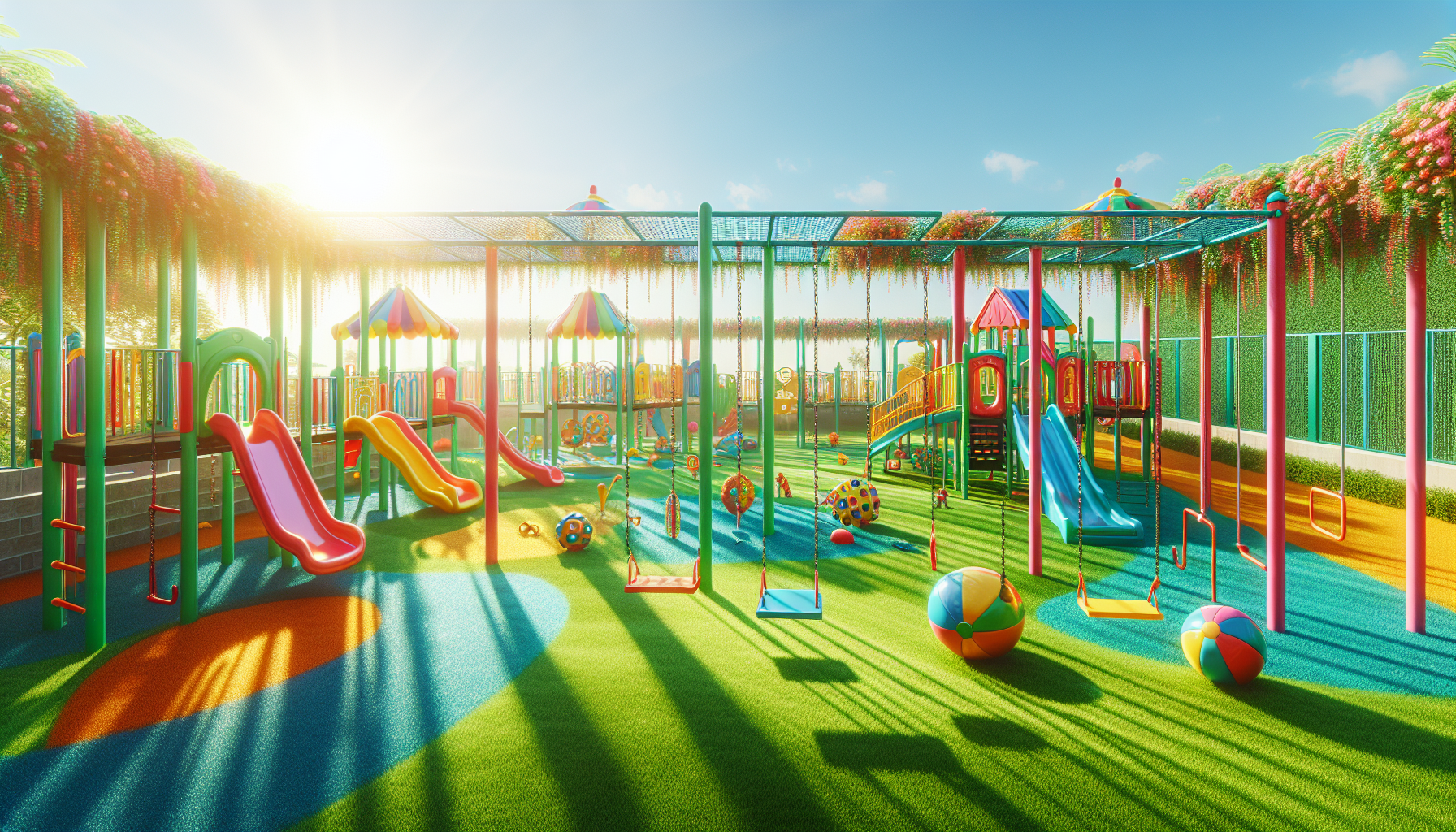
Synthetic turf and artificial grass, also known as faux grass or fake grass, are terms that are often used interchangeably to describe a non-natural grass-like surface. Both synthetic turf and artificial grass serve the same purpose of providing an alternative to natural grass.
Understanding the difference between these two options is crucial for individuals considering this alternative for their outdoor space.
The main distinctions between synthetic turf and artificial grass lie in their natural look and feel, materials used, manufacturing processes, performance and durability, and maintenance requirements. Synthetic turf, faux grass, fake grass, artificial turf, plastic grass, imitation grass, and manmade grass are all names used interchangeably for the same type of artificial grass.
Benefits of synthetic turf over natural grass
Synthetic turf, also known as grass substitute or replicated grass, offers numerous benefits over natural grass. One of the key advantages of synthetic turf is cost savings.
Synthetic turf, also known as manufactured grass or engineered grass, can save money in the long run by eliminating the need for expensive maintenance and equipment associated with natural grass.
There are potential savings on water bills as synthetic turf requires little to no watering compared to natural grass.
Another benefit of synthetic turf is its year-round availability. Unlike natural grass, which becomes muddy and unusable after heavy rain, simulated grass or replicated grass remains usable in all weather conditions. It provides a green and pristine lawn even during droughts, whether you choose turf grass, grass substitute, grass alternative, simulated grass, replicated grass, manufactured grass, or engineered grass.

Environmental friendliness of synthetic turf compared to artificial grass
Synthetic turf and artificial grass, also known as replica grass, faux lawn, or imitation lawn, have become increasingly popular choices as substitutes for natural grass. This is primarily due to their low maintenance requirements and their ability to withstand wear and tear.
Synthetic turf, essentially a type of manmade lawn, is manufactured using petroleum-based materials, posing some concerns when it comes to environmental friendliness.
The production and disposal of synthetic turf contribute to carbon footprint due to the use of petroleum-based materials and the challenges associated with its disposal.
On the other hand, artificial grass, or plastic lawn, offers some eco-friendly features that should be considered. For instance, it is possible to use recycled materials in its production, which helps reduce waste in the manufacturing of replica grass, synthetic lawn, faux lawn, artificial lawn, plastic lawn, imitation lawn, and manmade lawn.
Synthetic Turf and Artificial Grass
- Synthetic turf and artificial grass require low maintenance compared to natural grass.
- They have the ability to withstand wear and tear, making them durable options.
- The production and disposal of synthetic turf contribute to carbon footprint due to the use of petroleum-based materials.
- Artificial grass can be manufactured using recycled materials, reducing waste in the manufacturing process.
Maintenance comparison between synthetic turf and traditional grass
When comparing the maintenance requirements of synthetic turf and traditional grass, it is important to understand the benefits and considerations for each option. Synthetic turf, also known as a lawn substitute or replicated lawn, offers several advantages in terms of maintenance.
It requires less water, eliminating the need for regular watering, and does not require mowing or trimming like traditional grass.
The use of fertilizers and pesticides is reduced with synthetic turf, resulting in a lower environmental impact.
Special care is still required for synthetic turf, such as regular brushing or raking to maintain its appearance and preventing debris accumulation. Despite the upfront investment, there are long-term cost savings and a positive return on investment to consider.
On the other hand, traditional grass, also known as natural grass or real grass, has specific maintenance considerations. It requires regular maintenance and care, just like a natural lawn substitute, lawn alternative, simulated lawn, replicated lawn, manufactured lawn, engineered lawn, or replica lawn.
Suitability of synthetic turf for sports fields and playgrounds
Synthetic turf, also known as artificial surface or faux surface, has gained immense popularity as a highly suitable option for sports fields and playgrounds. This plastic surface offers numerous benefits over natural grass.
It provides improved durability and resistance to heavy use, harsh weather conditions, and wear and tear caused by active play.
The consistent playing surface of synthetic turf enhances shock absorption, making it an ideal choice for ensuring a safe environment for sports activities.
Compared to natural grass, synthetic turf requires less maintenance and can withstand high levels of foot traffic. It is a manmade surface that is highly durable and can withstand the rigors of intense sports play. When considering sports fields, the performance and playability of the synthetic surface, faux surface, fake surface, artificial surface, plastic surface, imitation surface, manmade surface are crucial factors to take into account.
Benefits of Synthetic Turf
- Synthetic turf offers improved durability and resistance to heavy use, harsh weather conditions, and wear and tear caused by active play.
- The consistent playing surface of synthetic turf enhances shock absorption, making it an ideal choice for ensuring a safe environment for sports activities.
- Compared to natural grass, synthetic turf requires less maintenance and can withstand high levels of foot traffic.
- Synthetic turf is a manmade surface that is highly durable and can withstand the rigors of intense sports play.
Materials used to make synthetic turf
The sentence you provided, play a crucial role in determining the overall performance and durability of the turf, is already a complete thought. Synthetic turf is designed to serve as a surface substitute for natural grass, providing a replicated surface that mimics the look and feel of real grass.
The main materials used in synthetic turf production include polyethylene, polypropylene, and nylon.
Polyethylene is a popular choice due to its durability, softness, and resistance to UV radiation.
It is commonly used in various industries, including packaging and textiles. Polypropylene, on the other hand, offers benefits such as high heat resistance and low cost.
It may not be as durable as polyethylene and is often preferred in certain applications where cost is a significant factor. Nylon is another material used in synthetic turf, known for its engineered surface.
Health risks associated with synthetic turf
Synthetic turf, also known as artificial garden or fake garden, has gained popularity in recent years. There are concerns regarding the health risks associated with artificial garden use.
Synthetic turf, composed of various materials including plastic garden and other manmade garden components, can pose potential health risks, such as chemical exposure.
The chemicals found in synthetic garden can have adverse health effects, especially with prolonged exposure.
Vulnerable populations, such as children and athletes, may be particularly at risk. Synthetic garden tends to retain heat, increasing the risk of heat-related illnesses for individuals using it.
Proper hygiene practices are crucial to prevent bacterial growth and infection on imitation garden surfaces. It is important to strike a balance between nature and human convenience when contemplating a synthetic garden, faux garden, fake garden, artificial garden, plastic garden, imitation garden, or manmade garden.
| Concerns | Artificial Garden |
|---|---|
| Health Risks | Chemical Exposure |
| Adverse Effects | Prolonged Exposure |
| Vulnerable Populations | Children and Athletes |
| Heat Retention | Risk of Heat-related Illnesses |
| Hygiene Practices | Bacterial Growth and Infection |
Cost comparison between synthetic turf and artificial grass
When comparing the cost between synthetic turf and artificial grass, there are multiple factors that impact the overall expenses. The quality of materials, installation process, size of the area to be covered, and additional features such as drainage and infill all play a role in determining the cost.
Consideration should also be given to the climate and weather conditions, environmental impact, personal preferences, and the intended use of the area.
To compare the costs of these garden alternatives, we will analyze the initial installation expenses, long-term maintenance costs, and potential additional expenses over time.
It is important to carefully evaluate the cost-effectiveness of these options by considering their lifespan, ongoing maintenance requirements, and associated costs. We will weigh the investment against potential savings in water and maintenance. When it comes to the initial installation expenses, synthetic turf and artificial grass serve as a cost-effective garden substitute, garden alternative, simulated garden, replicated garden, manufactured garden, engineered garden, and replica garden.
Durability of synthetic turf in extreme weather conditions
Durability is a crucial factor to consider when it comes to synthetic turf in extreme weather conditions. The synthetic field, also known as an artificial field, is designed to withstand the challenges imposed by nature, providing a reliable and long-lasting alternative to natural grass.
Unlike its counterparts such as faux field, fake field, or plastic field, synthetic turf is built to endure various weather conditions without compromising its quality.
The durability of the imitation field is particularly important when dealing with extreme weather conditions.
Factors like UV exposure, temperature fluctuations, and heavy rainfall can impact the durability of the synthetic field. Advancements in synthetic turf technology have significantly improved the quality and durability of artificial fields.
Artificial Grass A Direct Installation Guide
Affordable Synthetic Turf Prices Unveiling the Best Artificial Grass Cost
